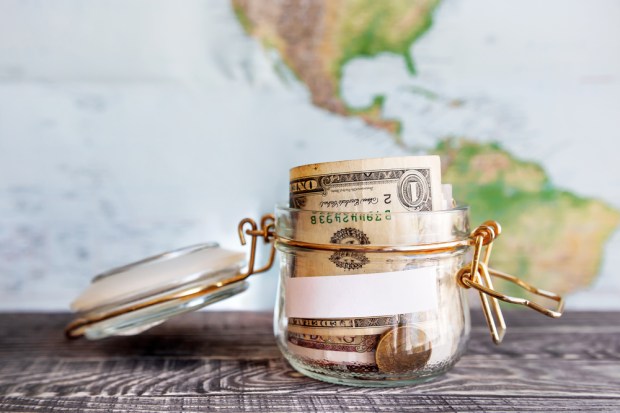How The Travel Sector Copes With Cross-Border Payments Pain

Cross-border payments can be rough seas for any company. Data suggests SMEs in particular are struggling to grow internationally because they fear the consequences of a lack of expertise and knowledge in going global, but corporates of any size expose themselves to new risk when entering new markets.
The challenges are vast, from being able to reach customers in an unfamiliar territory to running afoul of local regulations. But transacting across borders is one of the largest challenges, especially when it comes to paying overseas suppliers.
Data from one cross-border payments firm Tipalti, released recently, found that as the volume of cross-border B2B payments increases, so does the error rate. Analysts pointed to a lack of consistency in their payment practices: Sixty-three percent of executives surveyed said their standard payment operations aren’t able to handle payments to international suppliers, forcing businesses to deploy some special type of process and create multiple banking relationships to get the job done.
And amid these challenges are rising geopolitical concerns and fluctuating FX rates that makes cross-border payments even more of a headache for accounts payable.
One industry especially exposed to all of these challenges is the travel space. Travel companies working with travel suppliers to meet new demands in both business and consumer travel have to juggle the realities of a world in which fraud and volatility are constant.
In fact, travel firms are frequently blindsided by the costs of cross-border B2B payments, says eNett International, a company that facilitates cross-border B2B payments for the travel industry. Last year the firm released research that found travel agencies may be paying up to 3 percent more on cross-border payments to suppliers and business partners thanks to hidden fees.
“Consumers are demanding ever more exotic destinations, and as the range of countries offered by agencies grows, so does the number of currencies,” explained Anthony Hynes, CEO and managing director at eNett, which recently announced three more currencies that are now supported by its services.
He cited data from Phocuswright, which found that the number of travel companies that accept payment in more than 10 currencies has doubled in the past three years to 12 percent. So while these firms must accept across currencies, they are also forced to pay suppliers across more currencies, too.
FX volatility, therefore, can thwart a steady cash flow. Hynes highlighted the impact of Brexit, in particular, when exploring how this volatility can impact the B2B travel payments space.
“One of the most visible consequences of the Brexit vote was the instant drop in the value of the pound,” he said. “Many travel companies book with suppliers but don’t settle until later. Fluctuation in currency after booking means, when it comes to settlement, travel companies can see their already-tight profit margins eroded.”
In several cases, Brexit has forced travel booking companies to pass on those lost margins to customers with higher costs and fees. But there is a bright side, Hynes said.
“The positive thing about Brexit is that it will cause travel companies to reassess their international payments approach,” he said, “and realize the cost savings and benefits that are available with alternative payment options.”
But there are other risks that must be addressed in this industry, the executive warned.
“Travelers are becoming more adventurous; this means travel companies are doing business in new markets with a wider range of previously unknown suppliers,” he explained. Not only does this complicate the ability for businesses to make payments in new currencies, but it also exposes these firms to new types of risks. Unknown suppliers may lead to a failure to receive services already paid for or exposure to fraud, he said.
Virtual account numbers (VANs) and virtual cards are one way to mitigate some of the risks of cross-border payments, he said.
“Simply put, VANs are a safe, easy and fast way to make international transactions,” Hynes stated. “As VANs are accepted wherever a Mastercard is online, travel companies can expand into new markets quickly and easily without the expensive setup costs.”
He added that VANs also typically cost less than traditional payment rails like international bank transfers — which not only lead to expensive fees, but also, according to the latest data from Tipalti, can be prone to errors. Plus, he noted, v-cards can protect against supplier default.
“We have a customer who was able to charge back $1.5 million when one of its suppliers went bust,” said Hynes.
Virtual cards aren’t the sole option businesses have when trying to pay a supplier — nor are they the sole remedy for issues in cross-border payments like fraud, supplier default and FX fluctuations. But proponents of the payment rail say, for the travel industry in particular, the virtual card could be the best choice. According to Mercator Advisory Group, the travel industry represents a significant portion of the more than $95 billion in gross spending that the B2B virtual card industry saw last year.
